Why Your Dog Scoots & What Needs to Know About Dog’s Anal Glands
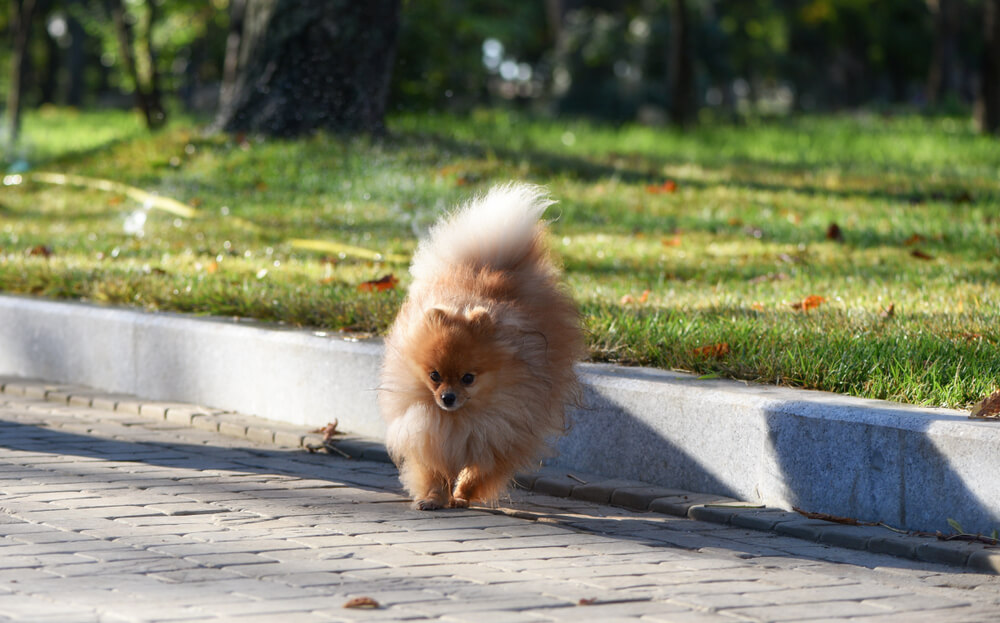
Table of Contents
Listen To The Article
Introduction to Why Your Dog Scoots & What Needs to Know About Dog’s Anal Glands

What Causes My Dog to Scoot?

Anal Gland Issues
When a dog’s anal sacs are irritated or infected, blood flow to the area increases.
The anal area becomes hot, swollen, and painful.
This inflammation causes the tiny ducts that empty the anal sacs to swell shut. With the ducts swollen shut, the material within the sac dries out and hardens, first into a paste, then into a hard, gritty material.
If the sac is not expressed manually or opened surgically, it bursts, creating an open, draining tract through the skin.
All dogs have two anal sacs just under the skin below the anus.
Anal sacs are round little pouches approximately pea-sized in small pets and grape-sized in large pets.
They secrete a thin, yellow-to-brown, foul-smelling material that is automatically dripped onto your dog’s feces as he or she defecates.
This material communicates information to other animals.
To find the anal sacs, lift your dog’s tail, and look in the four o’clock and eight o’clock positions around the anus.
Normally, sacs are barely visible because they are soft and compressible, but the opening of a single tiny duct that travels upward from each of the sacs may appear as a light dot.
If the anal sacs appear obviously swollen and visibly large, or if they are hard, your pet has a medical problem and it should be addressed by your veterinarian.
Some call the anal sacs “anal glands”, but the glands are actually inside the sacs and produce the material that is secreted.
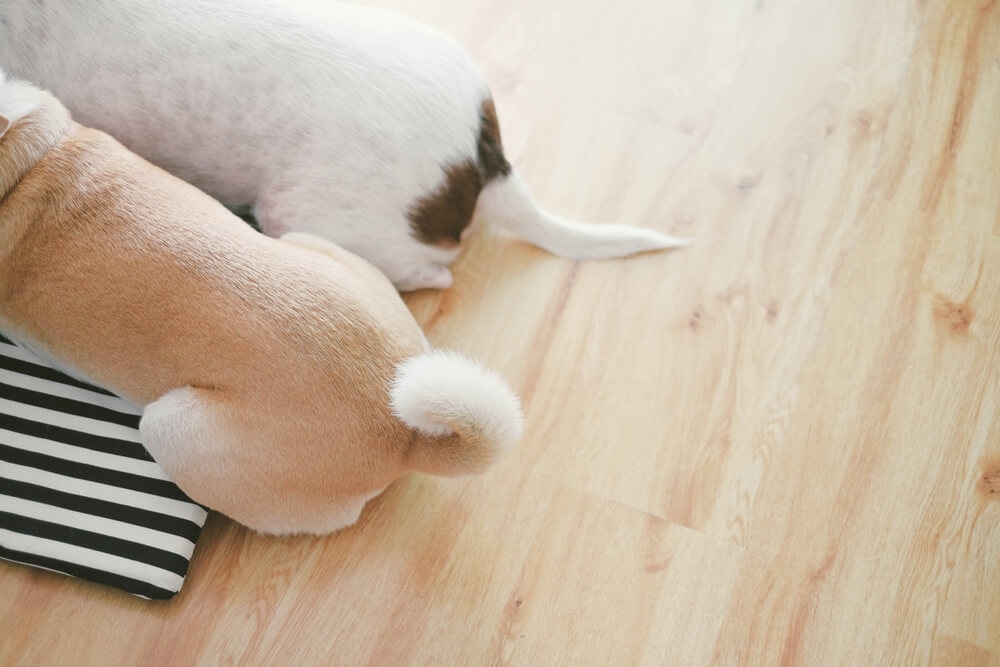
How Will I Know If My Pet Has A Problem?
Occasionally, the anal gland ducts can become blocked, which can lead to impaction and rupture or they can become inflamed and infected.
Some pets may also develop certain types of cancer associated with the anal glands.
When one or both glands don’t empty naturally, your dog may drag their rear across the carpet in an effort to hasten the process.
You may catch a potent whiff of the discharge when you inadvertently startle your pet, causing them to express a bit onto your couch.
Because this condition can be painful, your pet may lick or bite at the area.
And if an anal gland ruptures, you may notice an ulcerated area with bloody discharge near the anus.
Any time your pet pays too much attention to the nether parts or your sweet dog becomes a stinky dog, it’s time to see your veterinarian.
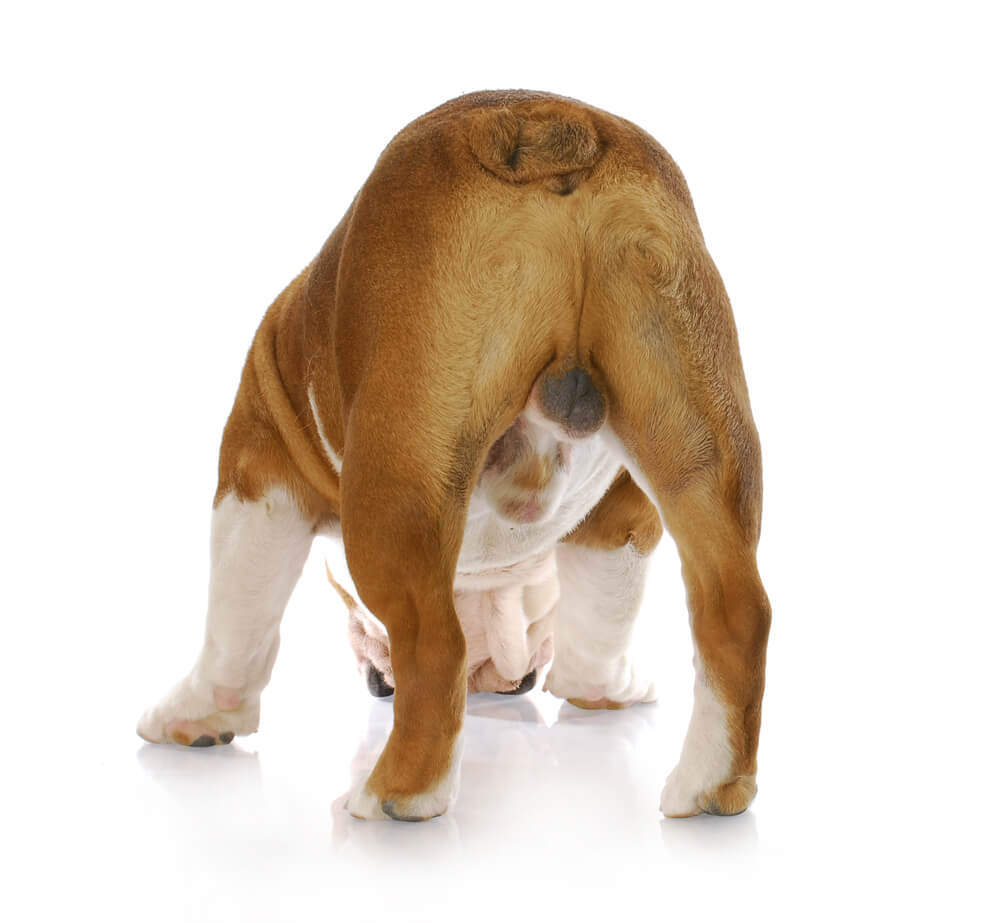
Clogged Anal Sacs
Dogs have two small anal sacs on either side of their rear end that contain a foul, fishy-smelling liquid they release when they poop.
The liquid may be a biomarker that helps leave a sort of “poop print” for other dogs to smell.
Normally, your dog’s bowel movement triggers his anal sacs to empty.
But if they’re not working properly, the fluid can build up.
The glands in the sacs have a tendency to get inflamed, solidifying the liquid and hindering its release.
When the sacs are continuously full or not emptying properly, they can be painful and can even become infected.
Visit your veterinarian if the problem seems serious.
Antibiotic ointment and warm compresses may also be recommended.
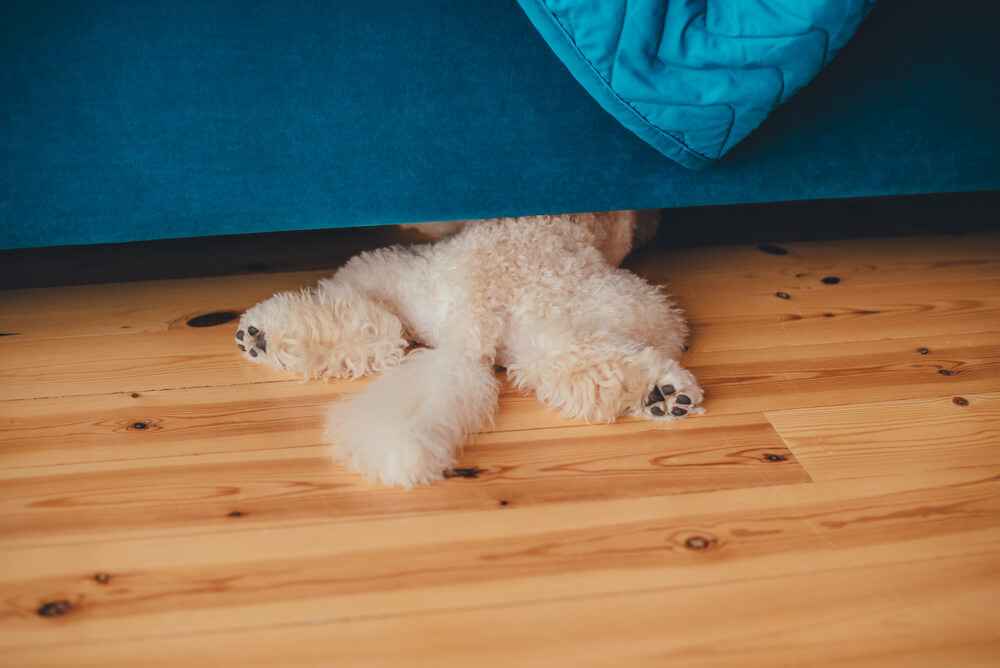
How Are Anal Gland Problems Treated?
At the clinic, the doctor will manually express the anal glands and check for other problems.
If the sacs are infected, a liquid antibiotic may be infused into them.
In more severe cases, your pet may need oral or injectable antibiotics, or pain medications to help reduce the swelling.
Your veterinarian may also recommend warm compresses to help relieve pain and encourage fluid drainage.
Sometimes, surgical removal of the glands and even radiation treatment may be recommended.
Anal gland removal may also be possible for pets with chronic problems, but because of the many muscles and nerves in the area, and the potential for fecal incontinence, it may be worth consulting a surgical specialist.
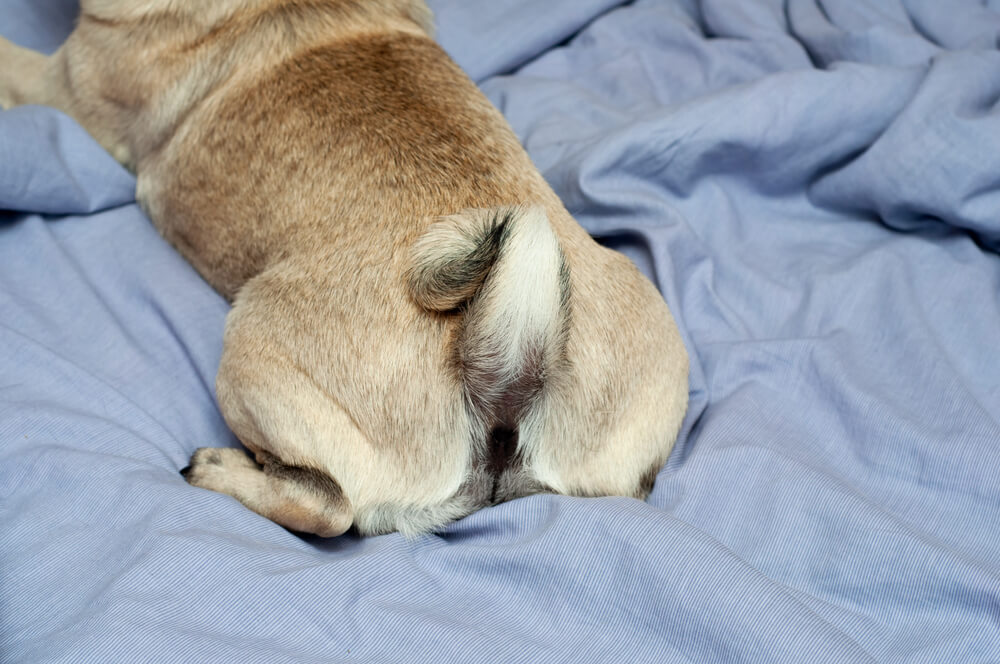
Can Anal Gland Problems Be Prevented?
Some pets never seem to have problems with their anal glands, while others need to have them periodically expressed.
If you’d like to save a little money at the clinic, your veterinarian will be happy to show you how it’s done.
However, most people eschew the mess and stink and let others don the latex gloves.
Diet may also help with this pet health problem.
Switching to a high-fiber diet, or adding fiber such as psyllium to the current diet, may help produce firmer stools to encourage the glands to empty naturally during defecation.
Your veterinarian can recommend a diet that’s right for your pet.



